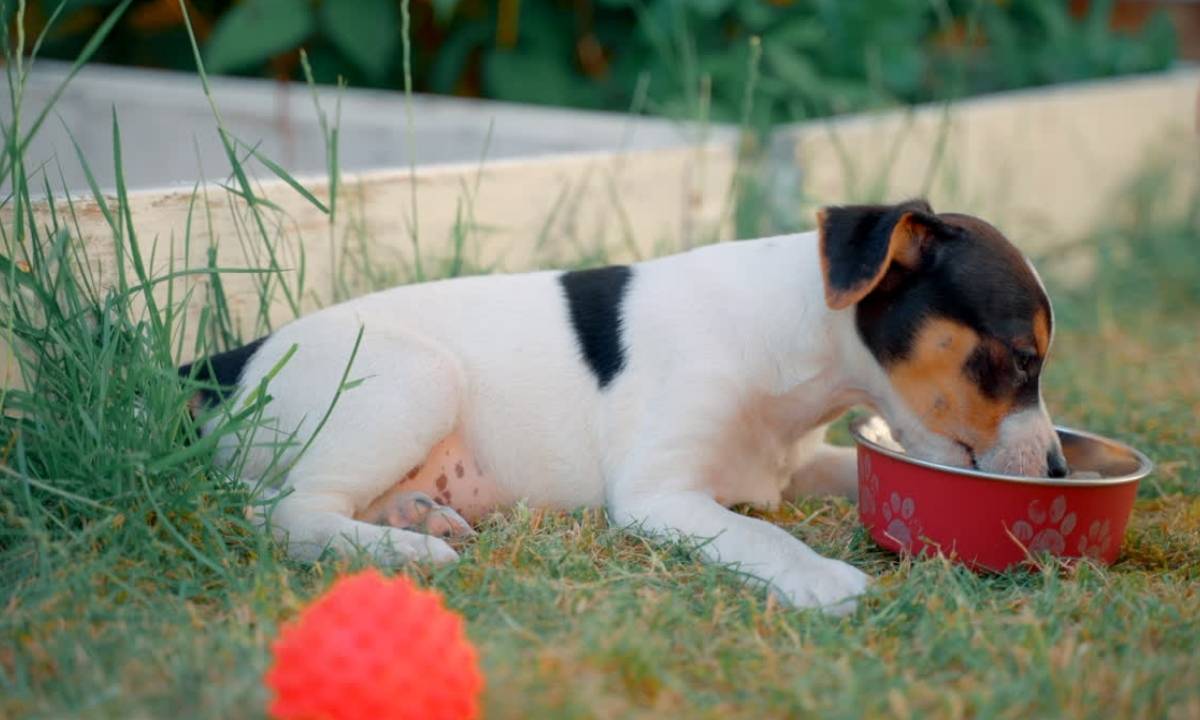Bringing home a 10-week-old puppy is both an exciting and challenging time. At this age, your pup is full of energy, curiosity, and developing intelligence. They’re eager to learn, but also easily distracted and sometimes mischievous. Understanding their behavior and implementing the right training techniques early on will help set the foundation for a well-mannered, confident adult dog. In this article, we’ll explore what to expect from your 10-week-old puppy, how to guide their behavior, and effective training strategies to make this stage as smooth and rewarding as possible.
Understanding 10-Week-Old Puppy Development
At 10 weeks old, your puppy is still very young but beginning to show signs of independence. This is a critical socialization period when they’re learning how to interact with people, other animals, and the environment. You may notice playful nipping, bursts of excitement, or short attention spans — all normal for this stage. Puppies are still adjusting to being away from their littermates and mother, so a mix of curiosity and insecurity is natural. Patience and consistency are key during this time as your puppy starts to understand routines and boundaries.
Setting a Consistent Daily Routine
Puppies thrive on structure. A consistent daily schedule helps your 10-week-old puppy feel secure and reduces unwanted behavior. Include regular feeding times, short play sessions, nap breaks, potty training opportunities, and gentle training lessons. Puppies at this age need around 18–20 hours of sleep per day, so avoid overstimulation. A balanced schedule not only helps with training but also creates predictability, making your puppy calmer and more confident in their environment. Remember, a tired puppy is usually a well-behaved puppy.
Starting Basic Obedience Training Early
Even at 10 weeks old, your puppy is capable of learning simple obedience commands like “sit,” “stay,” “come,” and “down.” Short, positive training sessions — about five minutes each — are ideal. Use a calm voice, gentle hand signals, and plenty of praise when your puppy gets it right. Avoid long sessions or harsh corrections, as young puppies have limited focus. Early obedience training helps establish communication and strengthens the bond between you and your puppy. Keep it fun and rewarding to ensure your puppy looks forward to learning.
Tackling Common Behavior Problems
At this age, many new puppy owners struggle with biting, nipping, chewing, and occasional barking. It’s important to remember that these behaviors are not signs of aggression but rather normal puppy exploration. When your puppy bites or chews on inappropriate objects, calmly redirect them to a toy. Never yell or physically punish them — it only builds fear and confusion. For barking, identify the cause: boredom, fear, or excitement. Consistent redirection and calm reinforcement will help your puppy understand acceptable behavior.
Potty Training and Crate Training Essentials
House training is one of the most important parts of your puppy’s early education. At 10 weeks, your puppy’s bladder is still developing, so frequent potty breaks are necessary — usually every 1 to 2 hours and after eating, playing, or waking up. Use a designated potty area and reward success immediately. Crate training is also beneficial during this period. The crate should feel like a safe, cozy den, not a place of punishment. When introduced properly, it helps with potty training, reduces anxiety, and prevents destructive behavior when you’re not home.
Socialization: The Key to a Confident Puppy
The world is still a big, unfamiliar place for a 10-week-old puppy. Proper socialization helps prevent fear and anxiety later in life. Expose your puppy gradually to new sights, sounds, surfaces, and people in a positive, controlled way. Carry your puppy if they haven’t completed vaccinations but still let them observe safely. Let them hear car noises, meet friendly dogs, and experience different environments. Every positive encounter builds confidence. Avoid overwhelming situations — socialization should be gentle, not forced.
Managing Energy and Encouraging Calmness
A 10-week-old puppy may seem to have endless energy, followed by sudden nap crashes. Balancing play and rest is crucial. Provide interactive play sessions to burn energy and mental stimulation through toys or gentle games. However, teach your puppy to settle down after play. Reward calm behavior with soft praise or petting. Avoid overstimulation before bedtime, as it can lead to hyperactivity or whining. Over time, your puppy will learn that calmness brings comfort and attention, while excessive excitement does not.
Building Trust and Strengthening Your Bond
Trust is the foundation of all successful training. Spend time bonding with your puppy through gentle touch, play, and consistent communication. Be patient, kind, and predictable in your actions. Avoid loud noises or sudden movements that can startle your puppy. As your puppy learns that you are their safe and loving leader, they’ll become more eager to follow your cues and respond to training. This stage is about building a lifelong friendship rooted in understanding and respect.
Final Thoughts
Raising a 10-week-old puppy requires dedication, structure, and patience, but the effort you invest now will pay off for years to come. Focus on creating a nurturing environment where your puppy feels secure and encouraged to learn. Establish routines, begin gentle training, and use positive reinforcement to guide behavior. Remember that every puppy develops at their own pace — celebrate progress rather than perfection. By understanding your puppy’s needs and providing consistent love and guidance, you’ll help them grow into a confident, obedient, and joyful companion who truly feels at home by your side.

